
This lesson takes two days or class periods since it is an exploration of energy in the lives of the students. Day 1 involves 8 different scenarios. Day 2 is an exploration of how efficient two

The objective of this lesson is to engage students in the practical application of science, engineering, and critical thinking skills to design and create a container that effectively keeps perishable

This is a lesson designed for 4th and 5th grade. It would come at the end of the unit on Force and Motion. It describes a wonderful machine called a Rube Goldberg Machine. This lesson includes an ELA

I use this egg drop/crash lesson as an introduction to Energy and Energy Transfer in physics. Students understand basic kinematics, but I generally conduct this lesson before projectile motion, but it
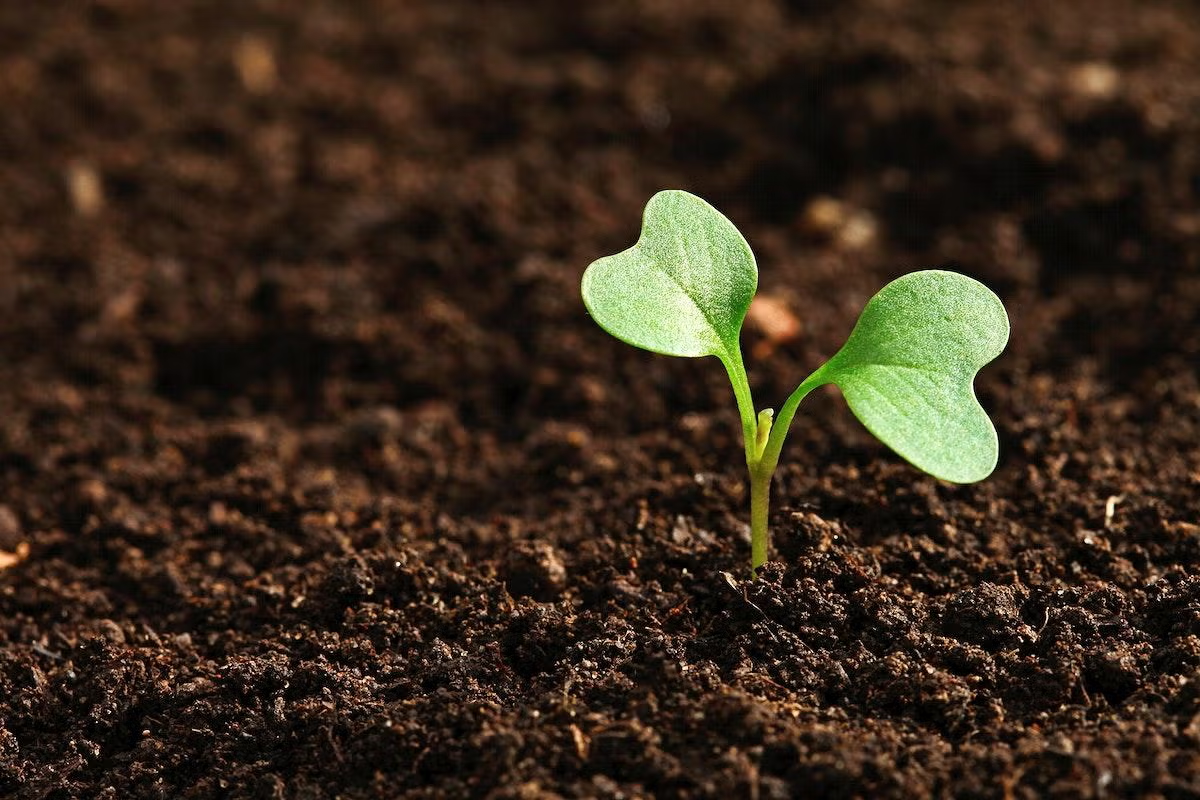
Pumpkin Jack Part One
This lesson includes fourth grade reading, writing, math, science, and engineering standards. The potential is endless with additional enrichment activities. Students participate in the nurturing and

In part one of this two-part lesson series, students will learn about (or review) the force of push and pull and how this applies to energy transfer. Students will gain an understanding of these
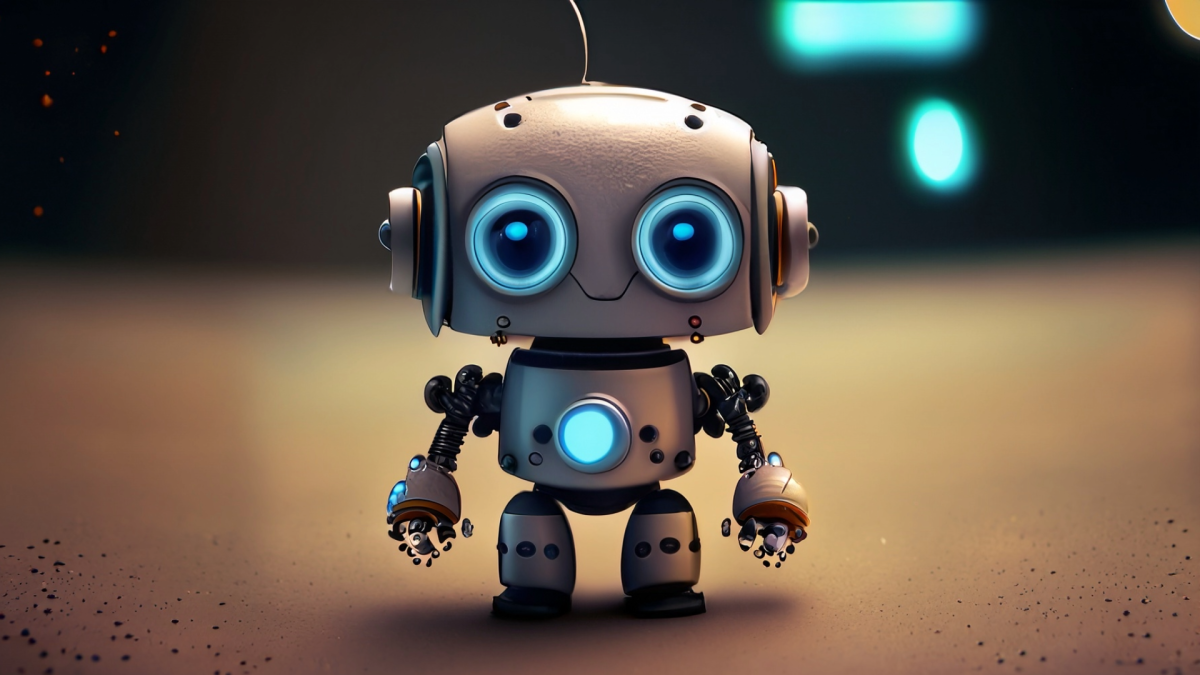
Through this project, students will explore the concept of the "robot brain" and its relation to AI. Understand the basics of circuits as a model for the functionality of a robot brain. Create a paper
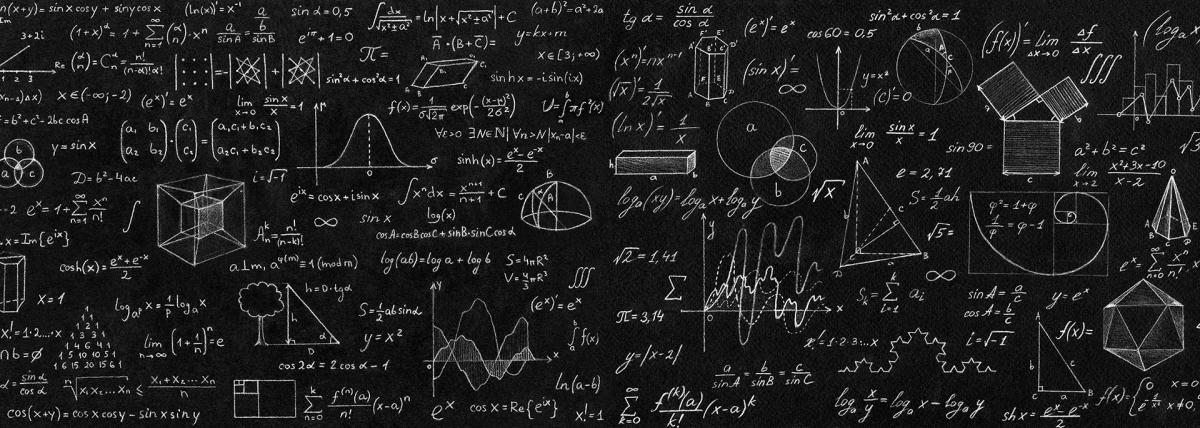
Students will use the engineering design process to complete 3 challenges. Each challenge gathers data and collects their engineering changes necessary to complete the challenge.
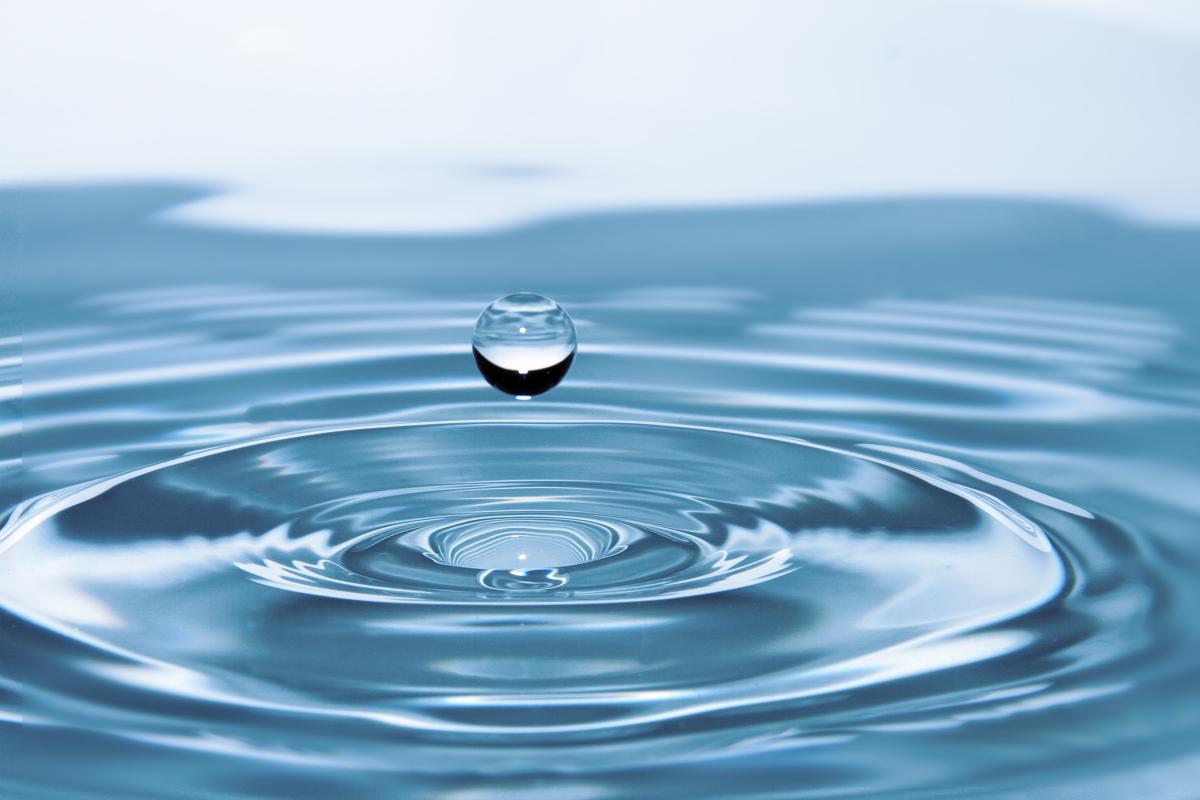
Making a wave machine to learn about the parts of the wave. This is the foundational learning piece before heading into the seismic building challenge.
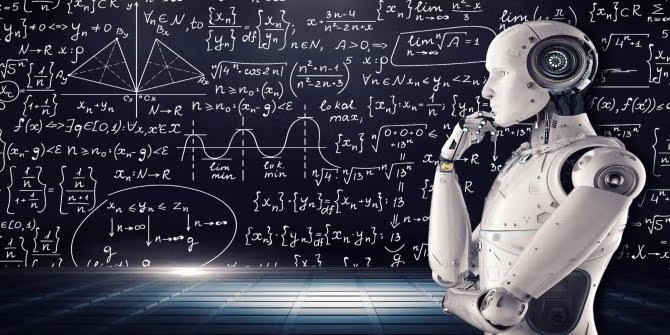
This lesson is used to introduce our unit on Energy in a 9th grade physics course; however, it can be adapted to various grade levels and contents. It can be completed over 1–3 days, depending on your
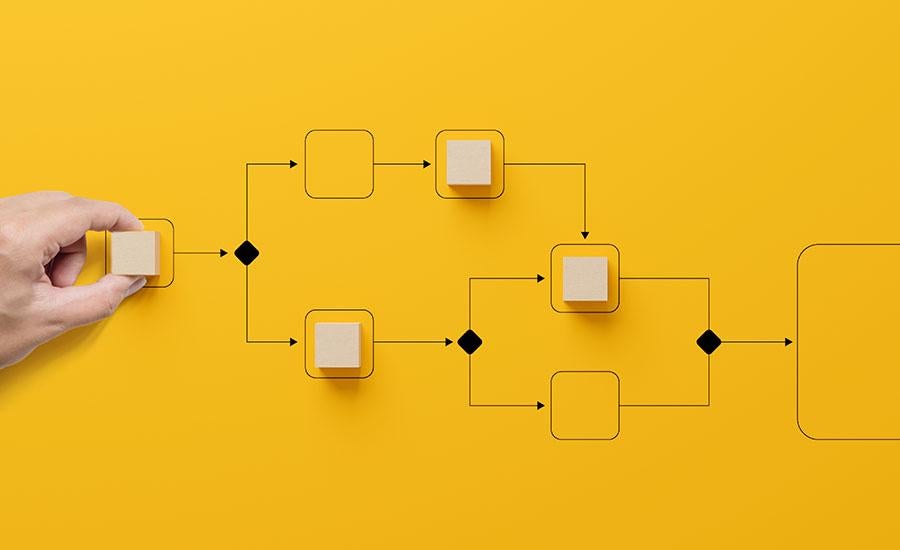
This lesson incorporates science, math and writing. Students will get to make and taste grilled cheeses and determine what ingredients and what methods they think will make the best grilled cheese

Students will be researching engineering design features that can be utilized to create buildings that can more effectively withstand the effects of a major earthquake. Students will work within a

This lesson is an introduction to Animation. The Flipbook lessons will eventually lead into students creating a Stop Motion animation. This lesson can be used for grades 3rd - 8th grade. The students

Students will create their roller coaster model, test the transfer of energy, measure the distance of how far their marble traveled and compare their distance to the distance of others. *Printable

In this lessons, students will work collaboratively to plan and prep the design of a roller coaster model. After planning a design, students will begin to prep the number of straight segments, curves

Welcome to Robot Relays, Part 2! In this engaging lesson, students program and maneuver Edison Robots through student-made relay courses. This is the 2nd lesson is a series of 2.

In this 3-day lesson, middle school students explore circuits, conductivity, and energy transfer, using a Makey Makey kit to design and create a wearable 'Power Glove'!

In this lesson students will use a 3D Pen created and constructed catapult to learn about potential energy as well as test, document, and analyze different projectiles. This is the 2nd lesson in a

In this lesson, students will work with 3D Pens to create and construct a catapult. This is the 1st lesson in a series of 2. The 2nd lesson is linked with this lesson.

This is a multi-day project using the Engineering Design Process where students build and test a machine using at least 5 simple machines and identify all the energy transformations that occur in

In this lesson, students will use their knowledge of engineering to design and build a greenhouse.
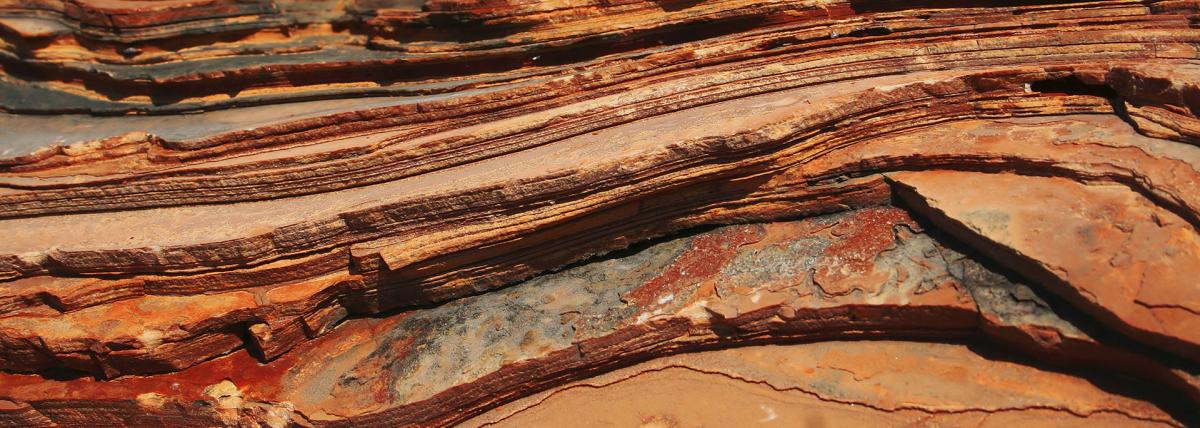
In this hands-on lesson, students learn about earthquake engineering by researching, designing, and testing toothpick-marshmallow buildings for earthquake resistance.

This hands-on lesson provides an opportunity for students to use observation as a way to build the big idea about energy around us. Students are encouraged to explore everyday items in the classroom

Students will build a propulsion system that can deliver a payload to a given location in this engaging paper rocket engineering lesson. Students think critically and problem solve as they work


